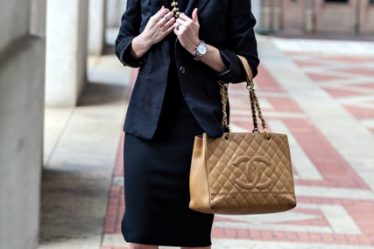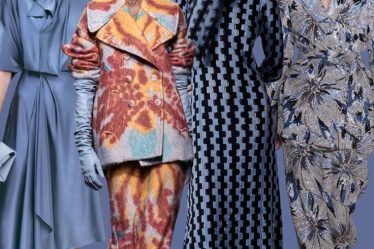Introduction
In today’s globalized world, cultural diversity is not only acknowledged but celebrated, especially in the realm of fashion. Embracing cultural fashion trends goes beyond donning attire; it reflects an appreciation for the rich tapestry of human heritage and a commitment to inclusivity.
Historical Significance
Throughout history, fashion has been a reflection of cultural identity and societal values. From the elaborate garments of ancient civilizations to the modern-day street style influenced by various cultures, fashion has always been a vehicle for expression and storytelling. Globalization has further fueled the exchange of ideas, resulting in a vibrant tapestry of cultural influences in fashion.
Impact of Cultural Fashion Trends
Embracing cultural fashion trends has profound implications beyond aesthetics. It serves as a platform for promoting inclusivity and representation, allowing individuals from diverse backgrounds to see themselves reflected in mainstream fashion. Moreover, it challenges stereotypes and fosters cross-cultural understanding by highlighting the beauty of different traditions and customs.
Examples of Cultural Fashion Trends
From the colorful sarees of India to the intricate patterns of African textiles, cultural fashion encompasses a wide array of styles and techniques. The rise of fusion fashion, blending elements from different cultures, has led to innovative and boundary-pushing designs. Collaborations between designers from different backgrounds further showcase the richness of cultural exchange in the fashion industry.
The Role of Social Media
Social media platforms have played a pivotal role in amplifying diverse fashion voices. Influencers and content creators from various cultural backgrounds use their platforms to showcase their unique styles, creating a more inclusive narrative in fashion. Additionally, social media facilitates cultural exchange, allowing individuals to draw inspiration from different traditions and incorporate them into their personal style.

Challenges and Criticisms
While celebrating cultural diversity in fashion is commendable, it is not without its challenges. The line between cultural appreciation and appropriation can be blurred, leading to accusations of insensitivity or exploitation. It is crucial for fashion brands and consumers alike to approach cultural fashion with respect and mindfulness, acknowledging the significance of the garments and traditions they draw inspiration from.
Celebrating Diversity in the Fashion Industry
The fashion industry has taken steps to promote cultural diversity and inclusion. Initiatives such as diversity-focused fashion weeks and mentorship programs for minority designers aim to provide a platform for underrepresented voices. Supporting artisans and craftsmen from marginalized communities not only preserves traditional techniques but also empowers local economies.
Future Outlook
As society becomes increasingly diverse, the fashion industry is poised to reflect this shift. More brands are embracing diversity in their marketing campaigns and runway shows, showcasing models of different ethnicities, sizes, and genders. This trend towards inclusivity is not only a reflection of changing societal norms but also a recognition of the beauty and value of cultural diversity.
Conclusion
Celebrating diversity in fashion is not just a trend; it is a movement towards a more inclusive and representative industry. By embracing cultural fashion trends, we not only honor the heritage of different communities but also create a more vibrant and dynamic fashion landscape. As we continue to champion diversity in fashion, let us do so with respect, empathy, and a commitment to mutual understanding.
FAQs
- **How can I incorporate cultural fashion into my wardrobe without appropriating?Incorporating cultural elements into your wardrobe can be done respectfully by learning about the significance of the garments or styles you are interested in and supporting brands that collaborate with artisans from those cultures.
- **What are some examples of cultural fashion appropriation?Cultural fashion appropriation occurs when elements of a culture are used without permission or proper understanding, often leading to stereotypes or misrepresentation. Examples include wearing sacred religious symbols as fashion accessories or copying traditional attire without acknowledging its cultural significance.
- **How can fashion brands promote diversity and inclusion?Fashion brands can promote diversity and inclusion by featuring models from diverse backgrounds in their campaigns, collaborating with designers from different cultures, and actively supporting initiatives that empower marginalized communities within the industry.
- **Why is it important to celebrate cultural diversity in fashion?Celebrating cultural diversity in fashion promotes inclusivity, challenges stereotypes, and fosters cross-cultural understanding. It allows individuals to express their unique identities while honoring the heritage and traditions of different communities.
- **What role does education play in addressing cultural appropriation in fashion?Education plays a crucial role in addressing cultural appropriation in fashion by raising awareness about the significance of cultural symbols and traditions, promoting respectful cross-cultural exchange, and encouraging accountability among brands and consumers.


